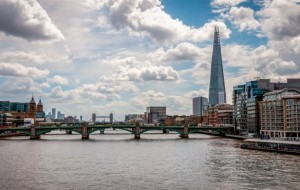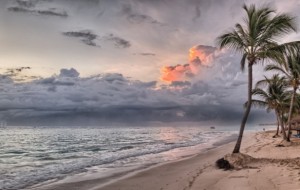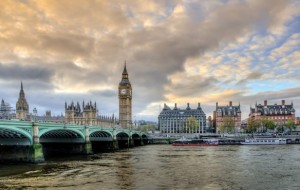Exploring PNG and JPG: Key Formats in Digital Visuals
This text offers a detailed comparison and analysis of PNG (Portable Network Graphics) and JPG (Joint Photographic Experts Group) formats, two of the most prevalent image types in the realm of digital photography and art.
In the digital era, visuals are crucial, with PNG and JPG being the predominant formats in the spheres of digital photography and art. Each brings distinctive attributes to address various needs in digital imaging. This analysis aims to dissect the features of both PNG and JPG, highlighting their core mechanics, strengths, and when to prefer one over the other.
Fundamental Mechanics
PNG (Portable Network Graphics): Praised for its lossless compression, PNG guarantees the preservation of every detail, making it essential for projects where accuracy and clarity are non-negotiable.
JPG (Joint Photographic Experts Group): Notable for its ability to compress images significantly, JPG utilizes a lossy compression technique, sacrificing some original details to achieve smaller file sizes beneficial for enhancing website loading times.
Strengths and Preferred Applications
PNG Strengths:
- Preservation of Details: Its prowess in maintaining every pixel intact makes it perfect for complex visuals and text-dense images.
- Transparency Management: Offers the ability to seamlessly merge with different backgrounds.
- Wide Color Palette: Accommodates a vast array of colors and grayscale, suitable for intricate images.
When to Use PNG:
- Ideal for high-quality digital artworks and designs.
- Necessary for web elements that require a transparent background, such as logos and icons.
JPG Strengths:
- Optimization of File Size: Helps in speeding up web performance through reduced file sizes.
- High Compatibility: Its widespread use makes it the go-to format for online photos and imagery.
When to Use JPG:
- Perfect for balancing image quality with file size in photography and web visuals.
- Suitable for images intended for digital viewing, taking advantage of the format's efficient compression.
Decision Criteria: PNG versus JPG
The choice between PNG and JPG depends on the need to balance image fidelity with storage efficiency. PNG is unparalleled for projects where detail and clarity are crucial, due to its lossless compression. Meanwhile, JPG is preferable for web photography and imagery, where a small compromise in quality for reduced file size is manageable.
Considerations for Selection
The selection process involves key considerations such as the project's objectives, be it speed for web projects or quality for art. The target audience's preferences and the medium of image consumption also significantly influence the decision, with JPG often being favored for its web efficiency and PNG for its high-quality output in detailed projects.
For tasks like converting images from JPG to PDF for various practical purposes including document submission or portfolio arrangement, using a reliable online tool, such as one convert, can make the conversion process straightforward and ensure the preservation of image quality.
Delving Deeper
A closer examination of PNG and JPG emphasizes the importance of software compatibility and how ongoing changes in web standards and bandwidth may influence the choice of format. This highlights the importance of keeping up-to-date with the latest in digital imaging technology.
Summing Up
PNG and JPG are cornerstone formats in digital imaging, each with its advantages. The decision on which to use should be based on the specific needs of the project, weighing factors like the necessity for precision, considerations of file size, and the intended audience. As digital technologies evolve, so will the preferences and applications for these image formats, always aiming to find the ideal balance between quality and efficiency.











Comments
0 comment